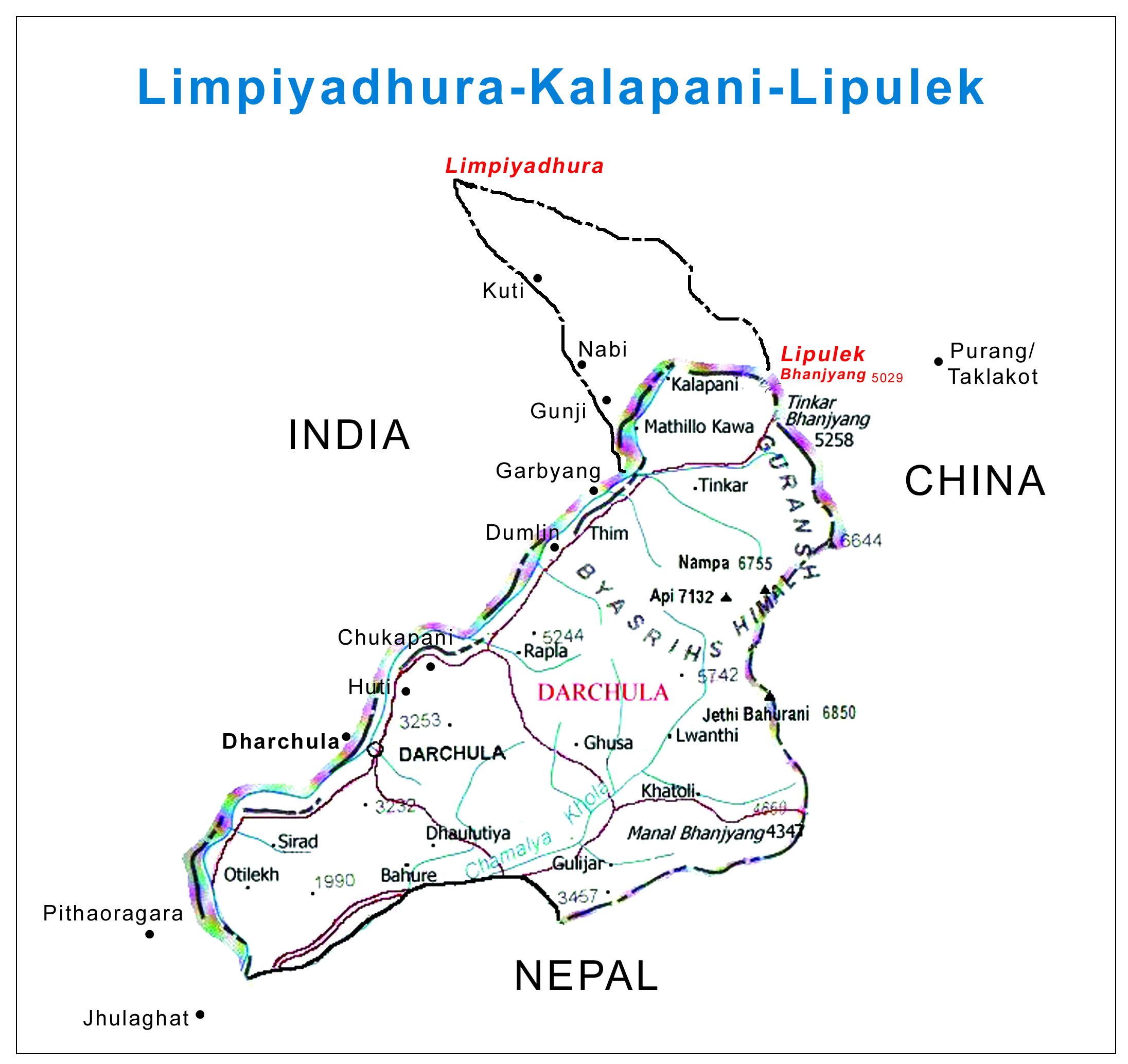
Most Indians consider Nepal as a country that is extremely close to India. Thus shock waves hit India when Nepal declared last week that the former was sitting over Nepalese territory and moved a constitutional bill in the Nepalese Parliament to incorporate this area into the map of the country. This territory – called Lipulekh – is at the tri junction of India (Uttarakhand), Nepal and China. Needless to add it is part of India.

The Nepalese move came even as People’s Liberation Army (PLA) of China launched an aggression on Indian Territory in Ladakh. This fueled speculation that the two moves were linked. Lipulekh will continue to be in India and at best this is a cartographic aggression by Nepal, pointed out Indian diplomats. But why did Nepal bring the matter on the table at this time?
At one level this is because Indian home minister Rajnath Singh inaugurated on May 8 an 80 km road up to Lipulekh from within Uttarakhand that would allow greater connectivity from India to Tibet. Among other things this would help Indian pilgrims visiting Mount Kailash (the abode of Lord Siva) which lies in Tibet. Lipulekh atop the Kalapani valley is also on the ancient trade route between India and Tibet. The Lipulekh path to Tibet has been closed since the Sino Indian war of 1962.
However the area over which Nepal is now making claims came to India after the Anglo-Nepal treaty in 1816. The treaty demarcated India from Nepal with the river Kali serving as the demarcation line. The problem is that the river has changed course over the years leading to the dispute. Nepal has laid claim to the territory many times in the past but not that vociferously.
So what is the reason for Nepal raising the ante at this time? Indian army Chief General Manoj Mukund Naravane said (and he has been widely quoted on this) that Nepal may have “protested at the behest of someone else.” This is being seen as a reference to China.
China which is trying to rope countries across Asia Africa and Europe in its One Border One Road (OBOR) plan successfully sold the idea to Nepal in 2017. Being a land locked country with India as the only way out Nepal was lured by China with plans of cross border railways, bridges, highways, transmission grids, special economic zones and dry ports. The railway line from Nepal would lead to Europe via China. With promises of funding from the Asian Infrastructure and Investment Bank (AIIB) and Silk Road Fund- both Chinese controlled- Nepal has got excited. It did not realize the debt trap Nepal will fall into (many OBOR partners are now gradually realizing the indebtedness induced by the China funded capital intensive projects).
Probably at the behest of China, the Nepalese are also trying un-officially to rope in India into the OBOR. India however is not interested in the OBOR for many stated and unstated reasons. The stated reason is that the OBOR – on its Pakistan link from the Chinese built Gwadar port in Baluchistan- passes through Pakistan occupied Kashmir (POK) to China. India had protested against this but the unstated reason is the obvious Chinese effort to spread its hegemony across South Asia. However other than India (and Bhutan) all South Asian countries have been lured by China to join OBOR on the promises of funds.
Nepal is now ruled by a regime of the Communist party that ideologically has close links with China. The ruling regime believes that Nepal which lies sandwiched between India and China should reduce its dependence on the former. This is even spite of the fact that Nepal has close cultural links with India for centuries and almost none with China.
In 2015 after the present regime in China led by K P Sharma Oli came to power there was a major agitation by the Madheshis who live close to the India-Nepal border but on the Nepalese side. The Madheshis felt that they were getting the wrong end of the stick and blockaded entry of goods including essential commodities that come in by road after being unloaded at Calcutta port. But the Nepalese perceived that this move was being supported by the Indian Government. At that time Bihar was going for assembly elections and most of the Indian relatives of Madheshis stay in Bihar. Though the support of the Indian Government was surely fictitious it did influence folks in Nepal. Ever since then Nepal has been trying to distance from India although two thirds of Nepal’s trade is with India. Moreover the top foreign investors in Nepal are from India which is also the major development partner. Nepal hopes that its trade deficit with India which is mounting should reduce. Nepal perceives that the OBOR will enable increase of its exports and dependence on India.
Nepal’s case is thus like a young man who has come of age; he now wants to get out of the orbit of parents; but he is now being wooed by an uncle whose intentions are none too honest!

